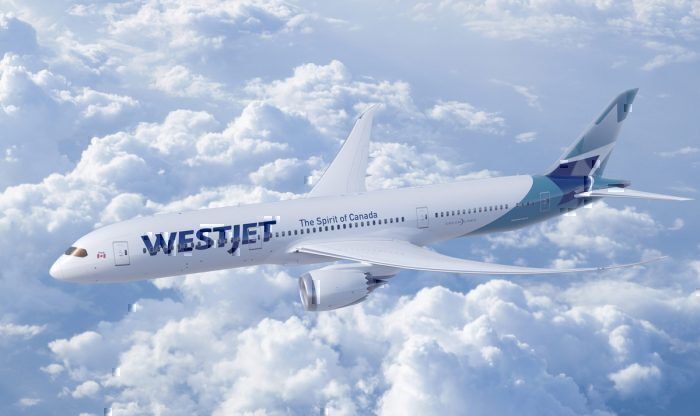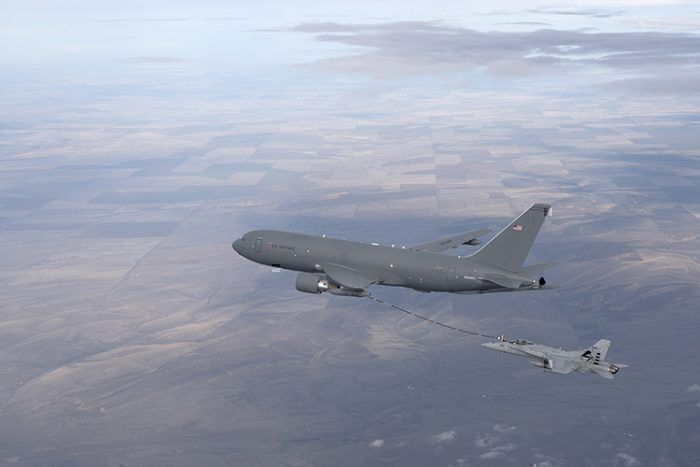In today's third-quarter results Boeing recorded net earnings of $1,167 million, versus $2,363 million in the same period a year ago. Lower 737 deliveries was the main impact on such reduction, however, they were partially offset by higher defense and services volume.
The main reason behind the reduction
It is not a surprise that the main driver behind the falling earnings is Boeing’s key segment – Commercial airplanes. The American producer delivered only 62 aircraft this quarter. In case you were curious, in the third quarter of 2018 Boeing delivered 190 aircraft. Yes, Boeing delivered 128 aircraft less this quarter, noting a massive 67% year on year decrease.
The commercial airplane segment is also where the firm noted the most significant decrease in revenue. Revenue of $8,249 million, 41% less than in 2018, translated to a 40 million loss from operations. It is worth noting, that last year’s Q3 net earnings from this sector stood at $2,033 million.
It might seem surprising that Boeing's operating margin has only fallen by fifteen percent, while deliveries have fallen by 67%. These numbers are in fact very intriguing and show the difference in Boeing's margin on the widebody aircraft, once compared with the margin on the narrow-body jets. Actually a $6 billion reduction in revenue resulted “only” in the fall of net earnings of $2 billion.
The average revenue per aircraft delivered this year stands at 133 million, much more than last year’s 74 million. That proves that most of the revenue came from the 787 and 777 series sales and might provide an explanation to a proportionally smaller decrease in net earnings than revenue.
Strong improvements in defense and services
Revenues from Boeing’s second-biggest sector of Defense, Space & Security came at $7,042 million, 2% up from last year. Yet the improved net earnings of $755 million in this year's Q3 vs a net loss of $247 last year resulted in a year on year increase of almost a USD billion. This one billion improvement allowed Boeing to reduce its loss from the commercial aircraft sector and bring the reduction of net earnings to one billion only.
During the quarter, Defense, Space & Security received contracts for the fifth production lot for 15 KC-46A Tanker aircraft for the U.S. Air Force and nine AH-64E Apache helicopters for the U.S. Army.
Revenues from global services rose to $4.7 billion, up fourteen percent, driven mainly by the acquisition of KLX and improvements in performance. Earnings from operations have grown by 23% and reached $673 million.
Additionally, Boeing announced another delay in the 777x program, postponing the first delivery for as late as 2021. Additionally, it announced a reduction in the production rate of the 787’s.
Other issues?
All in all, despite the struggling commercial aircraft, the other segments have bettered their performance. Yet such improvements can heal the wounds only in the short run. Further delays in bringing the MAX’s back to the sky will continue to take a significant toll on Boeing’s financials, not only as the backlog continues to rise, but also because the possible fines accumulate.
Additionally, the American producer announced another delay in the 777x programme, postponing the first delivery for as late as 2021. Boeing also announced a reduction in the production rate of the 787’s. Hopefully, the newly appointed head of commercial airplanes will bring stability to the firm's most important segment.



